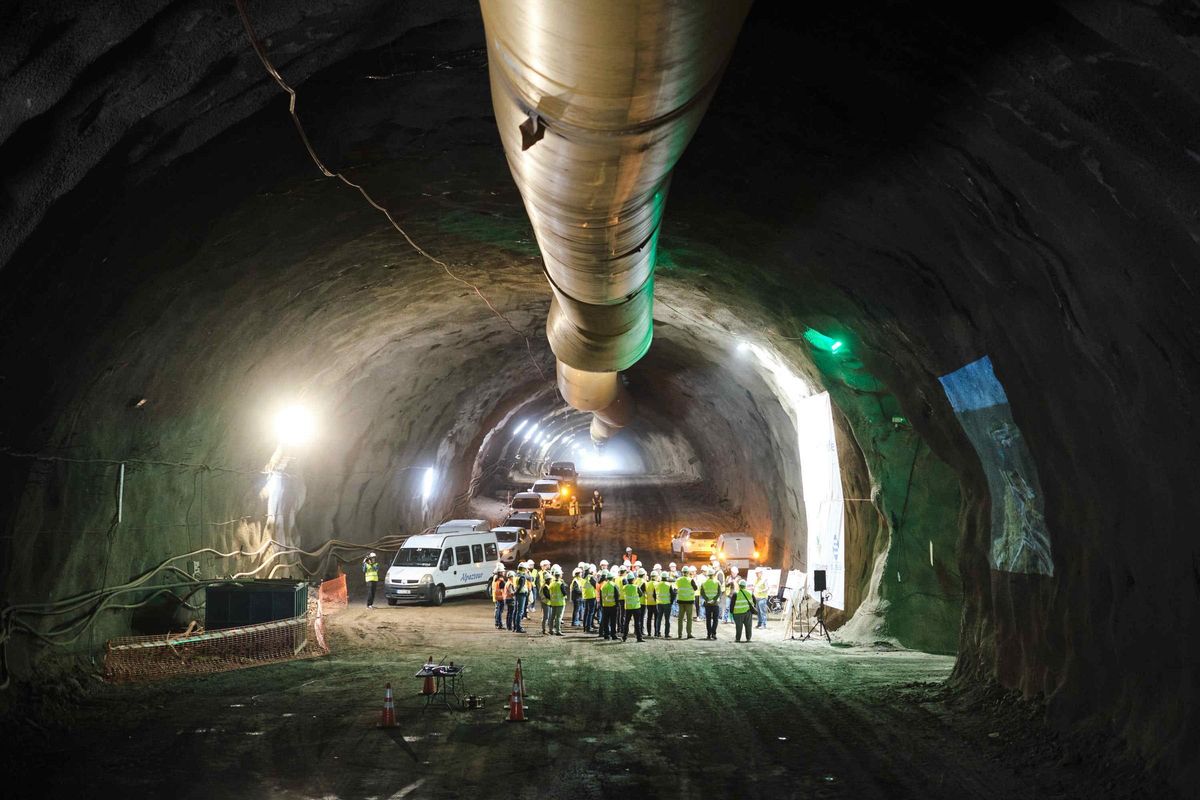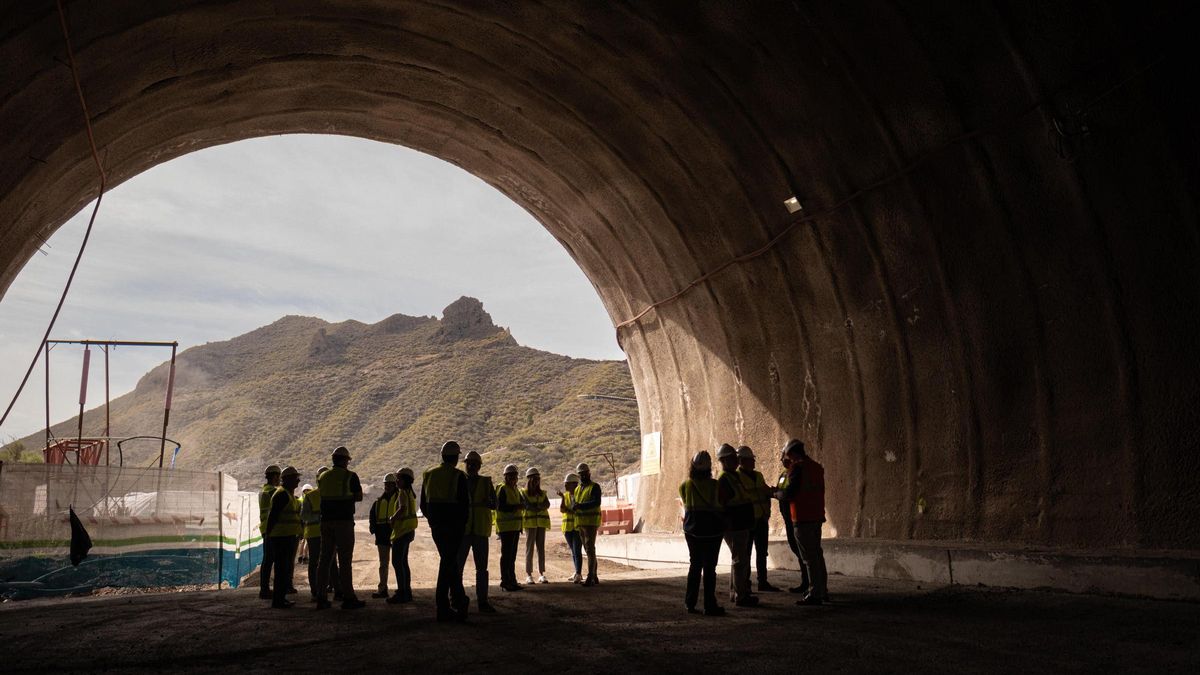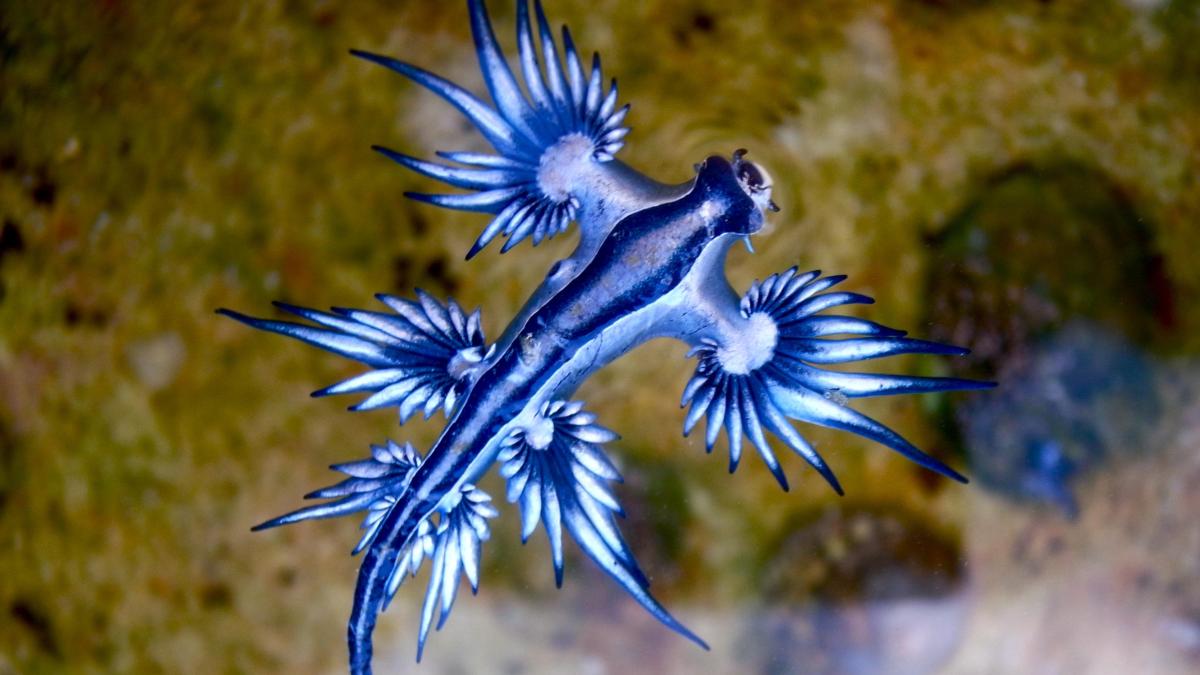The budget for the Insular Ring section between Santiago del Teide and El Tanque has increased by nearly €21.5 million due to environmental, energy efficiency, and safety improvements implemented by the Ministry of Public Works at the Erjos tunnel. The total cost now exceeds €302.6 million, which is an increase of €61.1 million from the initial €241.5 million awarded for the project, taking into account the three price updates applied since work started in November 2019: €3.7 million (2022), €15 million (2023), and €7.2 million (2024). This figure also includes a €13.7 million compensation paid by the Canary Government to the UTE OHL as the final contractor, as ordered by a court ruling.
The latest change in the project introduces “innovative sustainability measures.” This involves the construction of a 500-kilowatt photovoltaic plant located above the false tunnel at the southern entrance of the tunnel, which will cover 16% of the tunnel’s energy demand. Additional measures include the use of projected cladding and the application of state-of-the-art technology for ventilation, lighting, communication, and control.
With the current expenditure, each of the 11.3 kilometres of the Santiago del Teide-Erjos section of the Insular Ring requires an investment of €26.7 million per kilometre of road. Of this, €5.1 million is attributed to the Erjos tunnel, which is the third longest in the country. Notably, it will have only two lanes in each direction within the tunnel.
The completion and commissioning of this work has been announced for the first quarter of 2027. However, the planning act was signed on 14 November 2019, and work commenced shortly after with a 48-month execution period.

Erjos Tunnel under construction / Carsten W. Lauritsen / v
The COVID-19 pandemic, along with issues related to material availability, among other factors, has delayed the conclusion of the works. The most critical moment occurred last year when the High Court of Justice of the Canary Islands (TSJC) annulled the award made by the regional government of the Flower Pact (PSOE-NC-Sí Podemos Canarias-ASG) to the UTE of FCC, for excluding the UTE of OHL, which the previous government (CC), under Pablo Rodríguez as Minister of Public Works, had initially awarded. This situation was resolved with a compensation payment to OHL of €13.7 million.
Although the project is formally titled Update of the Construction Project: New Project of the El Tanque-Santiago del Teide Section (Closure of the Insular Ring of Tenerife), the actual closure of “this infrastructure that underpins road traffic in Tenerife” is pending approval and execution of the section running between the northern municipalities of San Juan de la Rambla and Icod de los Vinos, which features the most complex alignment of this road traversing the scientifically significant Barranco de Ruiz and Las Aguas.
An Incorrect Award
The cost of the Insular Ring between Santiago del Teide and El Tanque increased by €13.7 million because the TSJC annulled the award to the company currently executing the work. In June 2019, the then Canary Government (CC, with external support from PP and ASG) awarded the project to the UTE of OHL. Pablo Rodríguez was the Minister of Public Works then, as he is now. Three months later, the Flower Pact government (PSOE-NC-Sí Podemos-ASG) excluded OHL and awarded the project to the UTE of FCC. This was later resolved in March 2024 by the court in favour of FCC, attributing the award back to OHL, which was already carrying out the works. The current regional government (CC-PP) agreed on a compensation payment to OHL that exceeds €13.7 million, and the works continued being carried out by FCC.
The UTE formed by the companies FCC, El Silbo, and Syocsa-Inarsa is executing the El Tanque-Santiago del Teide section, known as the western closure of the Insular Ring, a road that connects the northern and southern corridors of the Island. This road will link the TF-1 and TF-5 motorways, providing continuity to works already completed between Adeje and Santiago del Teide in the south and between Icod de Los Vinos and El Tanque in the west.
The new road, with a speed limit of 80 kilometres per hour, will consist of a dual carriageway of 3.50 metres wide, with another double width inside the tunnel and hard shoulders of 2.5 metres. This spans three kilometres from El Tanque to the tunnel, the 5.1 kilometres of the tunnel, and a further 2.4 kilometres of road to Santiago del Teide. There will be two junctions, one in El Tanque and the other in Santiago del Teide, along with a viaduct, an artificial tunnel to bypass the Barrio Nuevo area, four underpasses and two overpasses at the intersections of the road with several pathways or roundabouts, and a pedestrian bridge serving the Camino de la Virgen de Lourdes from the rear of the fuel station situated in the urban centre of Santiago del Teide. Of its total length of 11.3 kilometres, half will run through tunnels or artificial tunnels, effectively doubling the carriageway in those sections, as noted by Public Works.
The Erjos Tunnel, measuring 5.1 kilometres in length and fully opened after the summer of 2024, will allow for the navigation around the Teno Rural Park and the Erjos population without impacting them, thus preserving an area of high environmental value. The southern exit is situated in the Valley of Santiago del Teide, from where the route circumvents the urban centre of Santiago to connect with the southern section of the Insular Ring, which runs between Santiago del Teide and Adeje, passing through Guía de Isora. Of the 21 kilometres of this section (from Las Manchas to Barranco de Erques) towards Adeje, the initial 14.5 kilometres have a single lane. Public Works put the project out to tender during the last term.














